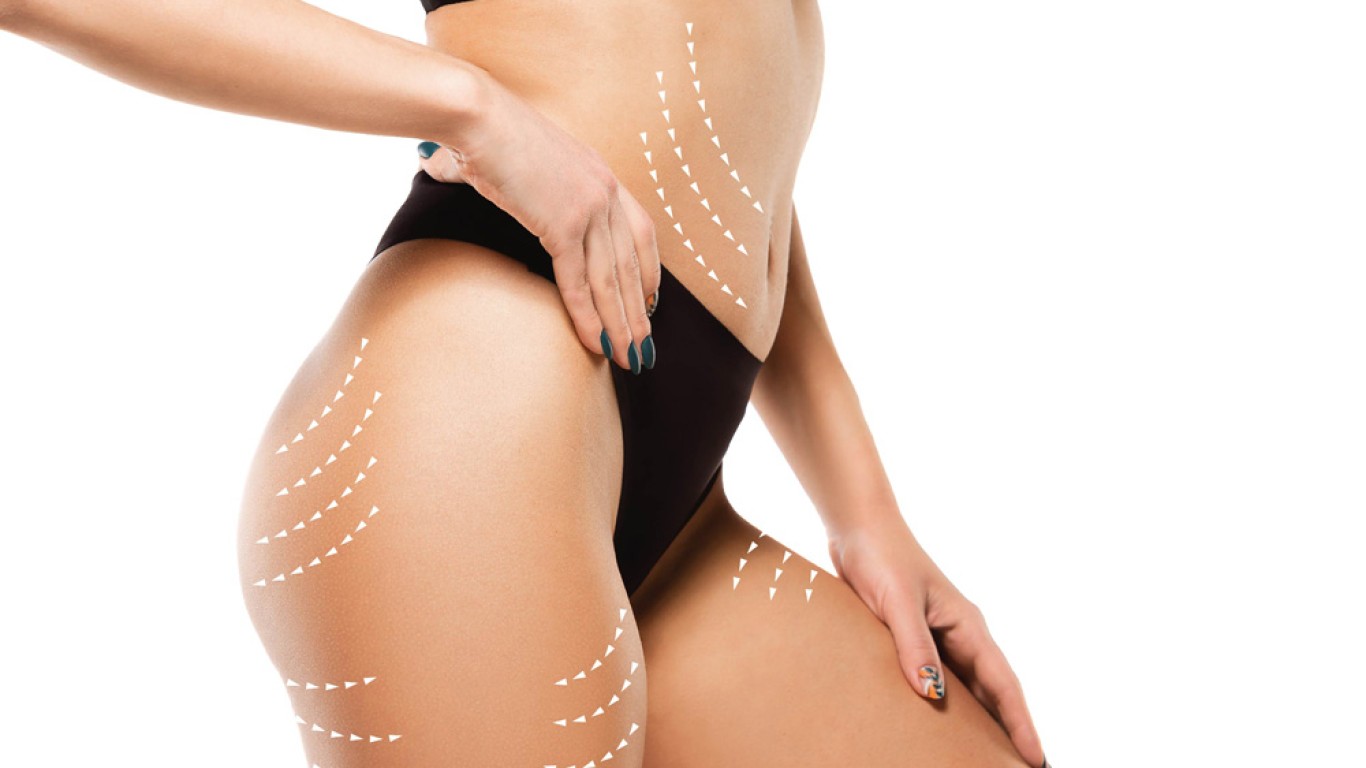Semaglutide has transformed weight management, leading to rapid and significant fat reduction for many individuals. However, weight loss can occur quickly with this medication. This means the skin and connective tissues sometimes struggle to adapt. This may leave folds, laxity, and uneven contours across multiple regions. As a result, interest in post-semaglutide body contouring continues to expand. This guide outlines the treatment options available in 2025. Learn how specialists evaluate changes linked to semaglutide use. Discover the methods used to restore body firmness and structural balance.
How Semaglutide Weight Loss Affects Body Structure
Semaglutide accelerates weight reduction by controlling appetite and regulating metabolic processes. Because this process happens quickly, the skin often does not contract at the same pace. Additionally, rapid fat loss affects the fascia, ligaments, and connective tissue network. These structures may lose strength over time and create areas of sagging.
Post-semaglutide body contouring addresses these issues by tightening skin. It helps to improve deeper support, and refining body shape through surgical or non-surgical means.
Assessing Changes Linked to Semaglutide Use
Specialists begin with a full anatomical assessment. They examine skin elasticity, tissue thickness, and the distribution of remaining fat. They also evaluate contour irregularities caused by uneven fat reduction. Additionally, the rate of weight loss is reviewed. Faster reductions tend to create more pronounced laxity.
In 2025, clinics rely on digital imaging tools. These help map tissue redundancy, assess projections, and identify structural weaknesses. This helps create a targeted plan for post-semaglutide body contouring.
Post-Semaglutide Body Contouring: Common Areas Requiring Contouring
Rapid weight loss affects multiple regions. The most common areas requiring correction include:
- Abdomen
- Flanks
- Upper arms
- Thighs
- Chest
- Back
- Buttocks
Each region requires a tailored approach because skin behaviour differs across the body.
Post-Semaglutide Body Contouring: Surgical Options
Surgical tightening is the most effective option for significant laxity. Procedures are selected based on the degree of excess skin and tissue characteristics.
- Abdominoplasty: Removes redundant abdominal skin and corrects muscle separation.
- Extended Abdominoplasty: Targets the abdomen and flanks for more comprehensive shaping.
- Lower Body Lift: Addresses the abdomen, thighs, and buttocks in one circumferential procedure.
- Arm Lift: Removes upper arm skin and restores arm contour.
- Thigh Lift: Tightens skin along the inner or outer thighs depending on laxity patterns.
Semaglutide weight loss often produces widespread laxity. Therefore several of these options may be considered as part of post-semaglutide body contouring.

Post-Semaglutide Body Contouring: Non-Surgical Tightening Options
Sometimes laxity is mild or when surgical correction is not required. In this case, non-surgical treatments may offer gradual improvement. These include:
- Radiofrequency Tightening: Delivers heat to deeper layers to stimulate collagen.
- Ultrasound Tightening: Targets fibrous septae for controlled tightening.
- Laser-Based Tightening: Supports superficial collagen improvement and texture refinement.
Although these treatments cannot remove excess skin, they support firmness and help refine treated areas.
Post-Semaglutide Body Contouring: Liposuction as a Corrective Tool
Semaglutide weight loss reduces fat volume but may leave pockets in specific regions. Liposuction refines these pockets and improves contour transitions. It is commonly used with surgical tightening to create uniform shaping.
In 2025, vibration-assisted, power-assisted, and ultrasound-assisted liposuction tools improve accuracy and protect surrounding tissues.
Post-Semaglutide Body Contouring: Fat Grafting for Proportion Restoration
Extensive weight loss sometimes reduces volume in areas where structural support is beneficial. For example the hips, buttocks or face. Fat grafting restores balanced proportions by transferring purified fat cells to targeted locations.
Specialists often use fat grafting to enhance overall body harmony during post-semaglutide body contouring because it supports natural shape without implants.
Post-Semaglutide Body Contouring: The Role of AI and 3D Imaging in Planning
AI planning tools have become essential in 2025. These systems measure tissue redundancy, analyse shape irregularities, and simulate expected tightening. They also assess symmetry and help determine whether single or staged procedures are necessary.
3D imaging provides surgeons with detailed views of contour depth and distribution. This ensures accurate incision placement and controlled tension during closure.
Conclusion
Post-semaglutide body contouring provides structured solutions. Especially for laxity, uneven contour and reduced tissue support following rapid weight reduction. Through surgical tightening, non-surgical reinforcement, advanced imaging, and staged planning, specialists design treatments that restore proportion and firmness. These methods allow predictable contour refinement across multiple body regions affected by semaglutide-led changes.
For more information and to book a consultation visit the ACIBADEM Beauty Center Aesthetics webpage.
Frequently Asked Questions
Common areas include the abdomen, arms, thighs, and back.
No, it supports mild laxity only.
Yes, staging ensures safer healing and predictable results.
Yes, it removes remaining fat pockets that affect contour.
AI imaging and 3D mapping support detailed assessment and incision planning.














